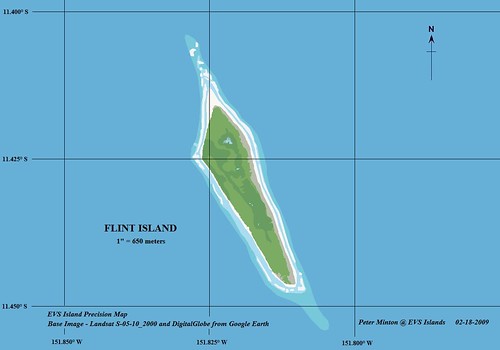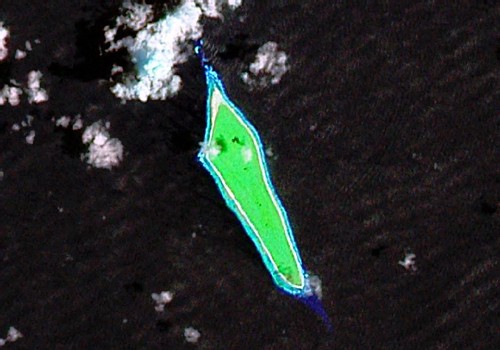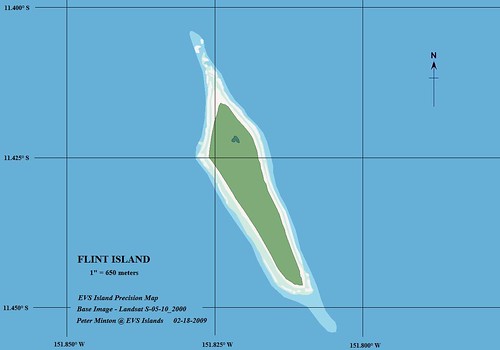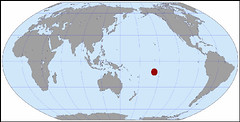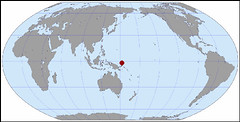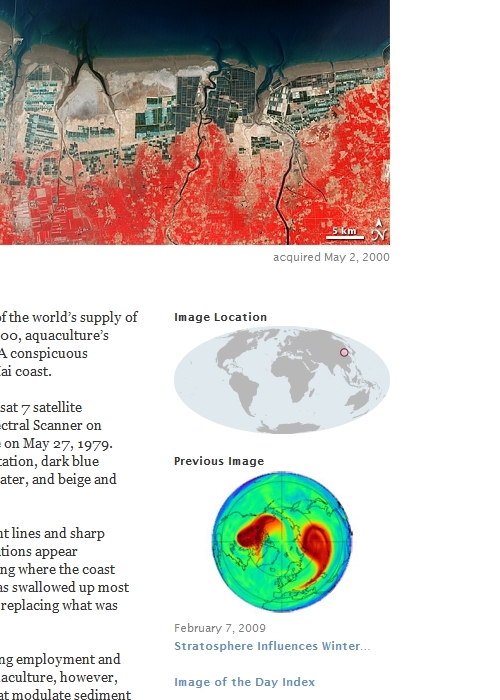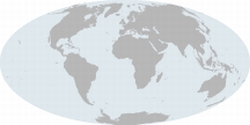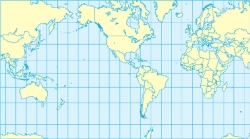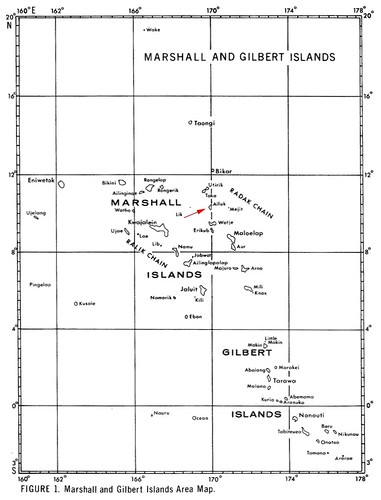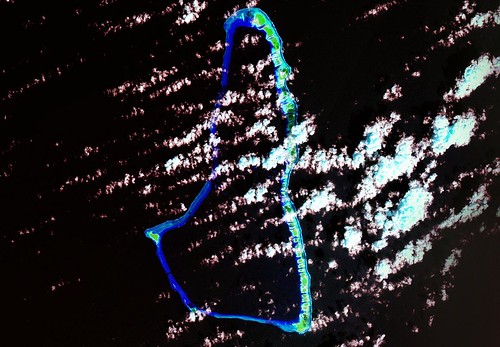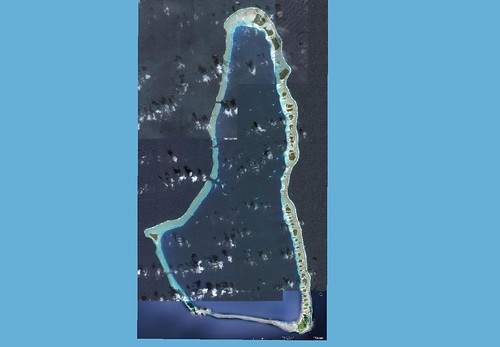 Every so often I encounter a reader that shares first-hand information about an island I've mapped. An individual shared that an entrance to one atoll was no longer marked, as described by the Sailing Direction Pub 126. Another recounted their adventures, as a much younger person, planting coconut palms on a hurricane devastated atoll. And another shared observations while visiting Rapa Iti. All of these contributions are always welcome and, when appropriate, are shared with my readers.
Every so often I encounter a reader that shares first-hand information about an island I've mapped. An individual shared that an entrance to one atoll was no longer marked, as described by the Sailing Direction Pub 126. Another recounted their adventures, as a much younger person, planting coconut palms on a hurricane devastated atoll. And another shared observations while visiting Rapa Iti. All of these contributions are always welcome and, when appropriate, are shared with my readers.That brings me to Alex W du Prel. He is a follower of my work and recently began sharing information that will bring my posts to a more current and accurate state. He is the publisher of the Tahiti-Pacifique Magazine.
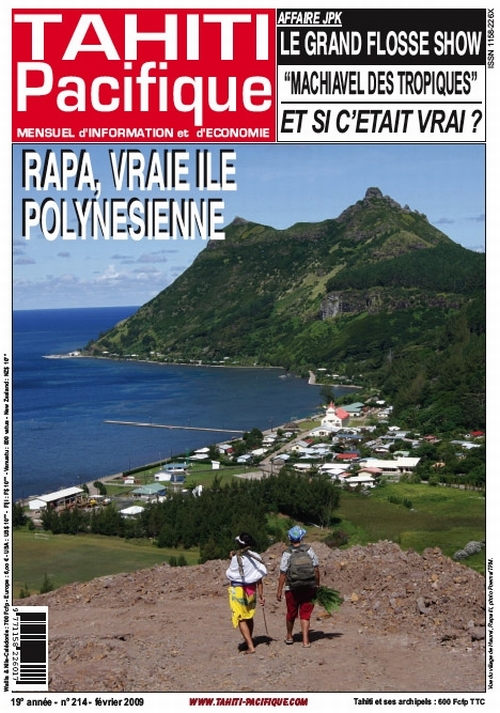
The cover of the latest edition of Tahiti-Pacifique
Alex recently shared great information about Flint, Vostok, Eiao and Rapa Iti Islands. The information is typically derived from articles found in Tahiti-Pacifique. Along with the published information, he shares his personal on-island experiences as well.
In this age of digital information and the demise of the printed word, Tahiti-Pacifique offers one printed glimpses of Pacific islands. The articles are written in French (and no, there is no English language edition) and include gorgeous photos of the subject islands.
I frequently gather island information from two highly reliable sources: 1) Sailing Directions Pub 126 covering the Pacific Ocean and 2) Atoll Research Bulletin. Both are great sources of information for islands and specifically Pacific islands. The Sailing Directions give up-to-date maritime information and the Atoll Research Bulletin contains scientific research derived from expeditions at specific atolls. In the future, I shall include island information derived from Tahiti-Pacifique and Alex, its editor, as a reliable, highly competent source for island information.
Drop him a line and share your island interests. Best of all, subscribe to Tahiti-Pacifique and help to keep this window into the world of islands open.
Enjoy!
